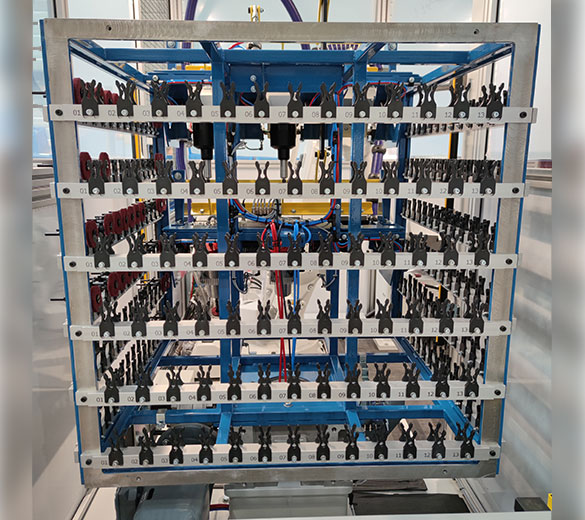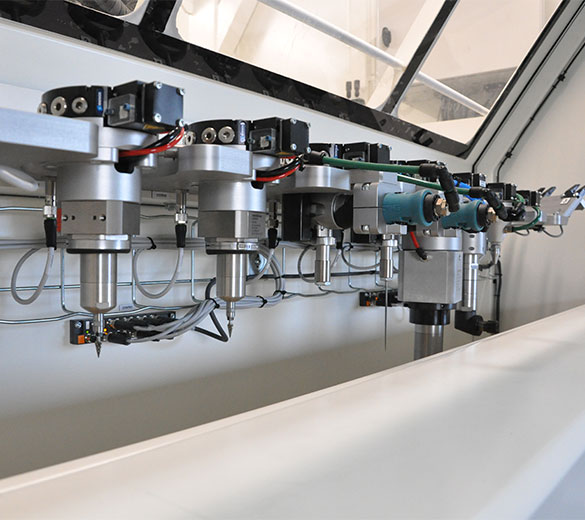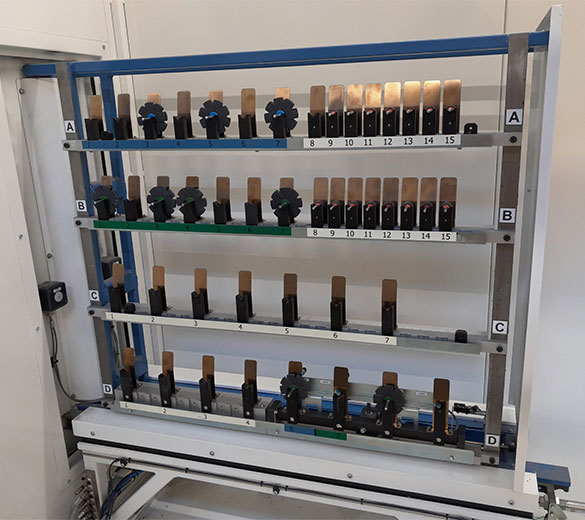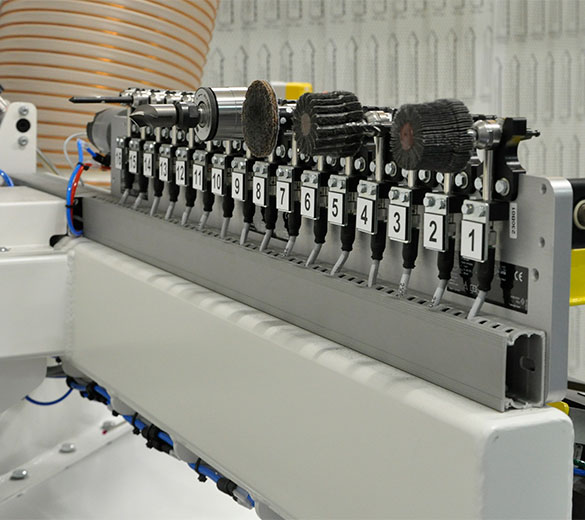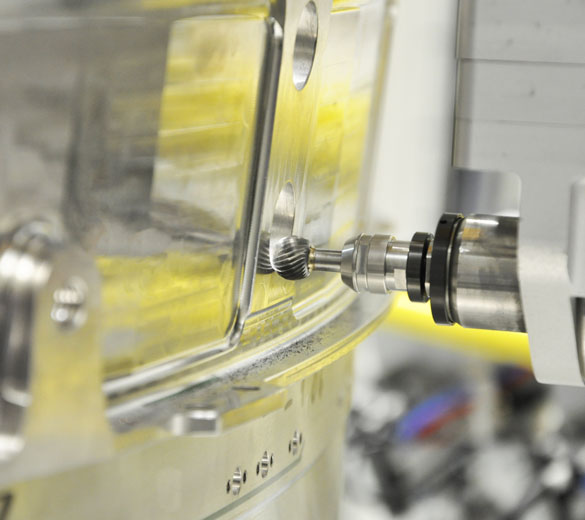- Home
- >
- Composite and metallic finishing process
Robotic deburring of metal parts
- Society
- Robotic finishing processing
- Automated assembly
- Automated assembly
- Robotic inserts installation
- Robotic gluing
- Robotic welding cells
- Automated production line
- Our markets
- Our markets
- Aerospace
- Automotive
- Boating
- Energy & Defense
- Railway
- Space
- Technical center
- Technical center
- Industrialization and training
- Test cells and technical support
- News
- Contact
- FR
- Downloads



